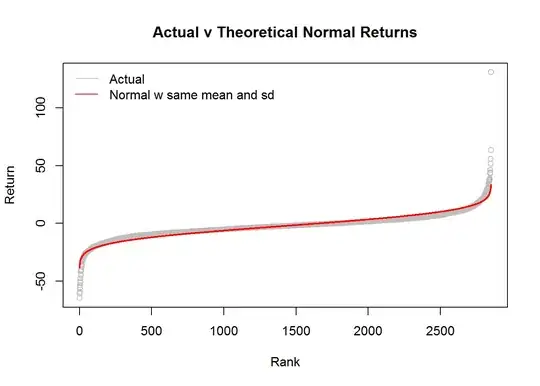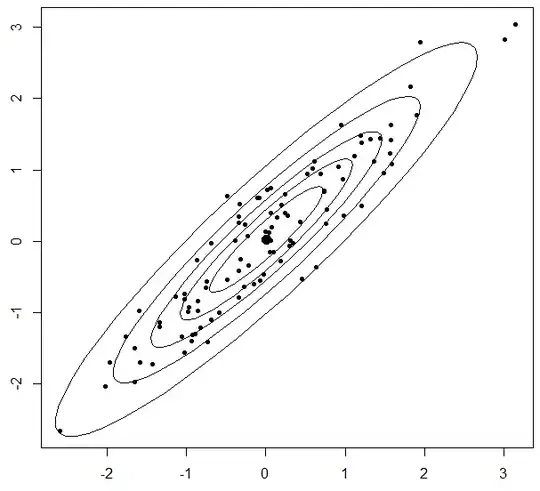Let $X$ be a matrix of size $m \times n$.
This link from another Cross Validated thread says if X is centred (column means are subtracted), then covariance matrix $C = \frac{1}{n-1} X^T X$.
In the machine learning lecture notes from the class, I have $C = \frac{1}{n-1} X X^T$, if $X$ is centred.

 Since the results of $C$ are different one is size of $m \times m$ and the other is size of $n \times n$. Which one should I follow? What are the differences?
Since the results of $C$ are different one is size of $m \times m$ and the other is size of $n \times n$. Which one should I follow? What are the differences?
(the context is the application of PCA)